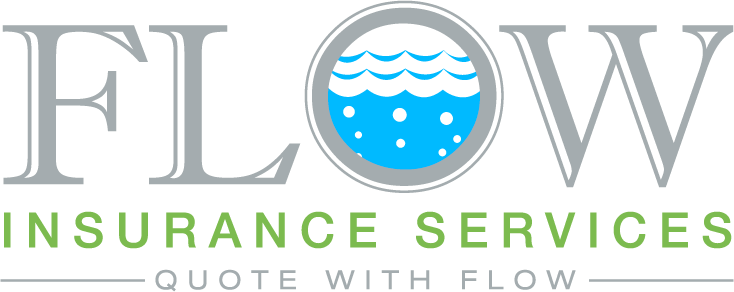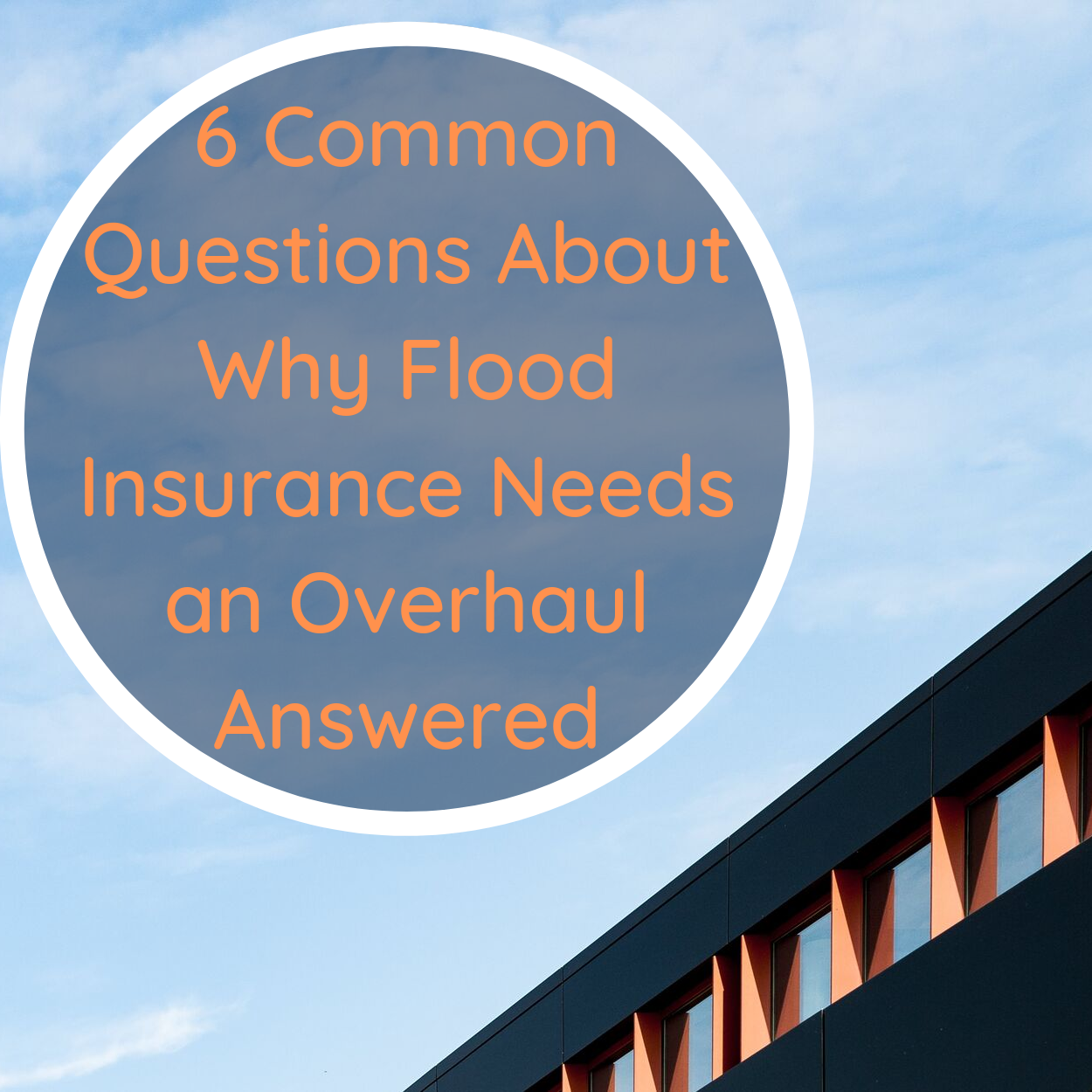07 Oct 6 Common Questions About Why Flood Insurance Needs an Overhaul Answered

855-368-5502
6 Common Questions About Why Flood Insurance Needs an Overhaul Answered
By: Adam M. Matheny
1. What Is Flood Insurance?
Until recently, the average homeowner was unaware that their homeowners’ insurance policy did not cover damage caused by flooding. You must have either a rider or separate flood policy that covers flooding resulting from water that runs on top or under the ground.
In 1968 the government established the NFIP or National Flood Insurance Program as a way to provide flood insurance in areas where there is a documented lack of private market coverage. The majority of today’s flood insurance policies are underwritten by the NFIP. The NFIP was also supposed to provide up to date information regarding flood risks around the country.
The NFIP is largely funded by the premiums and fees policyholders pay, along with supplements from the federal government. These policies are available directly from the government or via private insurance carriers. The NFIP is also invested with the power to find ways to promote “sound land use” and find ways to minimize the risk of flood losses. Because of this, many feel a portion of the funding should be borne by the taxpayer.
2. How many Americans currently have flood insurance protection?
At this time determining how many Americans have flood insurance is very difficult. However, there are some facts concerning flood insurance policies:
The NFIP has over 5 million policyholders as of early 2019, 69% of which are single-family homes and 20% are condominiums. While there is no data on private flood insurance, experts believe it to be approximately 15% of all flood insurance policies.
In the Midwest, where flooding was devastating in the summer of 2019. Nebraska, which was particularly hard hit only 10,000 out of 2 million residents have flood insurance. The number of flood insurance policies continues to drop across the nation. Yet the damage in Nebraska is expected to top $1 billion.
Residents in hurricane-prone areas such as those hit by hurricane Harvey are badly underinsured. Experts estimate that only 15% of homeowners had any kind of flood insurance. According to CoreLogic (a real estate data company) of those flood losses caused by Harvey, 75% had no flood insurance.
3. Why do those who live in flood-prone areas choose not to buy flood insurance?
There are many reasons given for not buying separate flood insurance coverage. Among these are:
Approximately 43% of homeowners mistakenly believe their homeowner’s insurance policy covers flooding.
Those who live in areas at high risk of flooding are more likely to buy flood coverage. But even in areas where it is mandatory for mortgaged homes, only 50% actually do so.
There are several other factors such as a lack of information regarding risk, it is difficult to determine the risk of flooding, and that the federal government will provide financial assistance to cover flood losses for those without insurance. Unfortunately, this is not always the case.
4. What Is Covered by Flood Insurance?
Under NFIP policies established in 1994, homeowners can buy up to $250,000 worth of coverage on their home and $100,000 worth of coverage for the contents of their home. Loss of use is not covered. However, these limits are nowhere near the current cost of home or contents cash values, forcing many to buy supplemental flood insurance from private insurance companies to cover the difference.
It’s important to know that there are many private flood insurance companies who can offer limits higher than those of the NFIP and additional coverages, such as loss of use, replacement cost on contents, and detached structure coverage.
5. Why Is the NFIP Upside Down Financially?
Because of the way the NFIP underwrites and prices policies, they have come under intense criticism. Current premiums are not high enough to cover losses resulting in the NFIPs ongoing and increasing debt.
Approximately 20% of homeowners buy NFIP insurance at a subsidized rate. Many more pay premiums that are far less than the actual cost of their insurance based on whether they are inside a 100-year flood plain or outside of it.
For example, the government paid out:
• Harvey – $8.7 billion
• Katrina – $16.3 billion
• Sandy – $8.8 billion
Such low NFIP rates result in far too many people continuing to build or rebuild in flood-prone areas because the low premiums give them no incentive to do anything else. In 2017 the federal government forgave the NFIP $16 billion in debt, but as of Sept 2019, the program was still over $21 billion in debt to the U.S. Treasury.
6. Is There Anything That Can Be Done to Fix the Program?
To date, all legislative efforts to reform and reorganize the NFIP and put it on firmer financial grounds have produced mixed results.
In 2012, the Biggert Waters Act of 2012 did manage to increase NFIP premiums, which would have gone a long way to make the program more financially viable. But in 2014 homeowners living in high-risk areas complained that the now premiums were too high. The 2014 Homeowners Flood Insurance Affordability Act either reduced or rescinded the premium increases.

